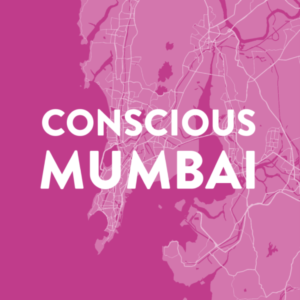Mumbai City has had its brawl for capita ever since the islands were reclaimed to form the city of Bombay. Every decade witnesses the population burst and the demand for space increases. Yet, somehow, the city landscape compensates for what the built form fails to provide: Privacy, Security and Intimacy. Whether the dwellers live on the pavements or in the highly cramped lavish apartments, the distinction between public and personal spaces is bleak. The public spaces of the Maximum City never cease to engage with the private visuals that are disconcertingly confrontational. The two psyches that come into play, the observer and the inhabitant, eventually blend into one emotion called the Mumbaikar. The City was intumesced by the user and as it expanded to consume the dweller and mould the psyche, today it is difficult to say which came first.
The City of Mumbai has historically supported and provided for all the intimate spaces that the residences have lacked. How has this been perceived by the spectator and the dweller? The different environmental conditions lead to various psychological conditions. How does the city then get perceived by these individuals?





